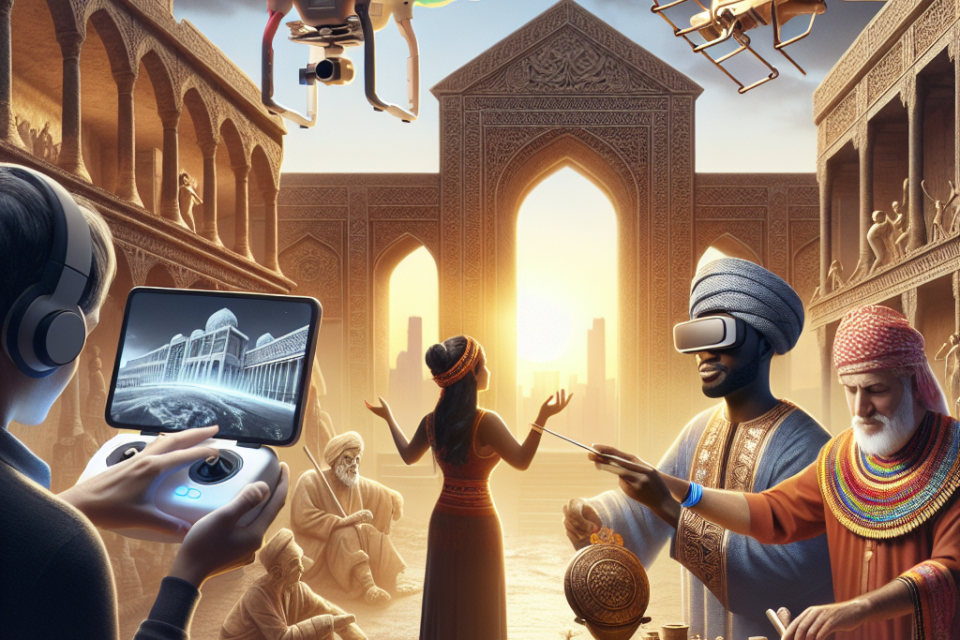The Role of Technology in Cultural Preservation

Introduction
In an ever-evolving digital age, technology continues to transform various aspects of our lives, including the preservation of cultural heritage. From ancient artifacts to intangible traditions, the application of modern technology is ensuring that these treasures are safeguarded for future generations.
The Need for Cultural Preservation
Cultural heritage encompasses tangible items like monuments, artifacts, and artworks, as well as intangible elements such as languages, rituals, and folklore. Over time, numerous factors including natural disasters, wars, and the passage of time have posed significant threats to these cultural treasures. As a result, there is an urgent need to preserve them.
Digital Archives
One of the most impactful ways that technology has contributed to cultural preservation is through the creation of digital archives. Institutions around the world are digitizing historical documents, photographs, and artworks, allowing for a permanent and easily accessible record.
Benefits of Digital Archives
- Accessibility: Digital archives make it easy for researchers, students, and the general public to access invaluable information from anywhere in the world.
- Durability: Unlike physical artifacts, digital records are not subject to wear and tear.
- Searchability: Advanced search algorithms allow users to find specific documents or information quickly.
Virtual Reality (VR) and Augmented Reality (AR)
Emerging technologies like Virtual Reality (VR) and Augmented Reality (AR) are offering unprecedented ways to experience cultural heritage. Through VR, individuals can experience immersive tours of historic sites, while AR brings interactive experiences to life in real-world settings.
Examples of VR and AR in Cultural Preservation
- Virtual Tours: Museums and historic sites are utilizing VR to offer virtual tours, providing access to those who cannot visit in person.
- Reconstruction: AR is used to digitally reconstruct damaged or lost cultural sites, allowing people to experience them in their original form.
3D Scanning and Printing
3D scanning and printing technologies are revolutionizing the way we preserve and reconstruct historical artifacts. These techniques allow for the creation of precise replicas of cultural artifacts, which can serve as backups or be used in educational settings.
Advantages of 3D Technologies
- Accuracy: High-resolution scans capture minute details of artifacts.
- Replication: 3D printing enables the creation of exact replicas for study and preservation.
Machine Learning and Artificial Intelligence (AI)
Machine Learning (ML) and Artificial Intelligence (AI) are being harnessed to analyze vast amounts of cultural data. These technologies are capable of identifying patterns and anomalies, which can greatly aid in the preservation of cultural heritage.
Applications of ML and AI
- Restoration: AI algorithms can assist in the restoration of damaged artifacts by predicting their original appearance.
- Language Preservation: ML is used to analyze and preserve endangered languages.
Conclusion
As we continue to advance technologically, the opportunities for preserving our rich cultural heritage expand exponentially. Modern innovations such as digital archives, VR/AR, 3D scanning and printing, and AI offer creative and efficient solutions for cultural preservation. These technologies not only safeguard our history but also make it accessible to a global audience, ensuring that the rich tapestry of human culture continues to be cherished and appreciated by future generations.
